|
It's really hard to beat autumn in DC, and I'm trying my best to take advantage of every clear night. When conditions took a turn for the better tonight, I hurried out, Takahashi in hand, to the nearby park. Some kids were playing hide-and-seek nearby with flashlights - not exactly what you want when you're tired from playing with your own small children - but I didn't need dark-adapted eyes. I was out early enough to observe the waxing Moon and nearby Jupiter. I thought I'd already had the year's last glimpse of Jupiter; now I was determined to have one more look. Jupiter was low enough in the sky to be tinted red by the thickening atmosphere, and in that corner of the sky seeing was mediocre at best. Still: I could clearly make out ruddy Io, just coming out from Jupiter's disk, with its shadow still on the planet. I couldn't believe my luck. I was able to observe such shadow transits for the first time last year, but I never had the chance this year - until the very last night I could view the planet. The seeing wasn't good enough to reward prolonged study of Jupiter - and, to be honest, my much bigger TEC 140 has spoiled me a little with its more colorful and textured views of the planet. So I turned to the Moon, then illuminated perfectly around my favorite corner of the lunar surface: the area between the giant craters Plato and Copernicus. Tonight I was especially struck by the length of the shadows in Plato, which are caused by the crater's mountainous rim. The shadows seem to be caused by mountains that must be higher and steeper than any on Earth. No wonder the Moon was widely considered before the Space Age to be a world of soaring mountains with the proportions of stalagmites in caves. While the rim of Plato is lined with jagged peaks - remarkable, given that they're nearly four billion years old and would be ground to dust on Earth - they rise "only" around two kilometers above the lunar surface. That's far lower, of course, than Earth's tallest mountains. It's the low elevation of the Sun above the surface that casts shadows long enough to extend the entire 100-kilometer width of the crater. Some nineteenth-century astronomers thought those shadows flickered and thereby betrayed the presence of a lunar atmosphere; not the case, of course. As I was disassembling the telescope, I happened to look up just as a fireball briefly illuminated the sky: a meteor quite possibly older even than Plato. It was a marvelous sight. I'm continually amazed at what you see just with the naked eye, if you take the time to occasionally glance at the night sky.
One last word on equipment. The Takahashi is beautiful and its optical quality is absolutely top notch, of course, but mechanically it is definitely a step below the TEC 140. The focuser and sliding dew shield, in particular, are just not quite as smooth and solid. I don't know that there's anything I'd change about the TEC, but the Takahashi has a few quirks here and there that I might address if given a chance. Still, it's a little powerhouse and once again acquitted itself well tonight.
0 Comments
The sky was that beautiful, robin egg blue yesterday, and sunset faded into an equally clear night. Seeing and transparency were both well above average, so I thought I'd take the TEC 140 out again to have my first look at the Orion Nebula since the spring. Sadly, the hour lost with the daylight saving time adjustment means that the bright planets are now too low in the night sky by the time I can make it out of the house; I'll look for them again in the spring. By midnight Orion was well above the horizon, with Sirius right behind, climbing up out of the glow of the National Mall. After a few minutes telescope and eyepieces acclimated to the crisp evening air. When they did I took out a 10mm Delos eyepiece, and was delighted to find that I could clearly make out six stars in the Trapezium (Theta-1 Orionis) - the little star cluster at the heart of the Orion Nebula - without using averted vision. I've never been able to see the E and F stars so clearly, and I was especially impressed because they were still emerging from the worst of our DC light pollution. The green-blue glow of Orion billowed around those stars, of course, with plenty of nebulosity dimly visible (this time with averted vision) even well beyond the brightest arc of the nebula. As usual, the effect was mesmerizing. Under an urban sky, Orion may be the only nebula or galaxy that looks better through one of my refractors than it does through the EVScope. With a 24mm Panoptic eyepiece I could observe just about the entire sheath of Orion's sword, with the nebula at the heart of it - truly a sublime view. It was getting late by the time I'd had my fill of Orion, so in spite of myself I decided to forego looking at any of the beautiful double stars in the sky right now (except Rigel, an old favorite). Instead I turned to the Andromeda Galaxy, just to remember what it looked like from the city with a truly top-tier refractor. It was a dim blob, of course; no match for what electronically assisted astronomy can reveal. But still, as always a thought-provoking sight.
The march home was painful and exhausting - I had to stop a couple times along the way - but still I was happy to have the season's first view of Orion. Next time with the EVScope, I think. |
Archives
March 2024
Categories
All
|

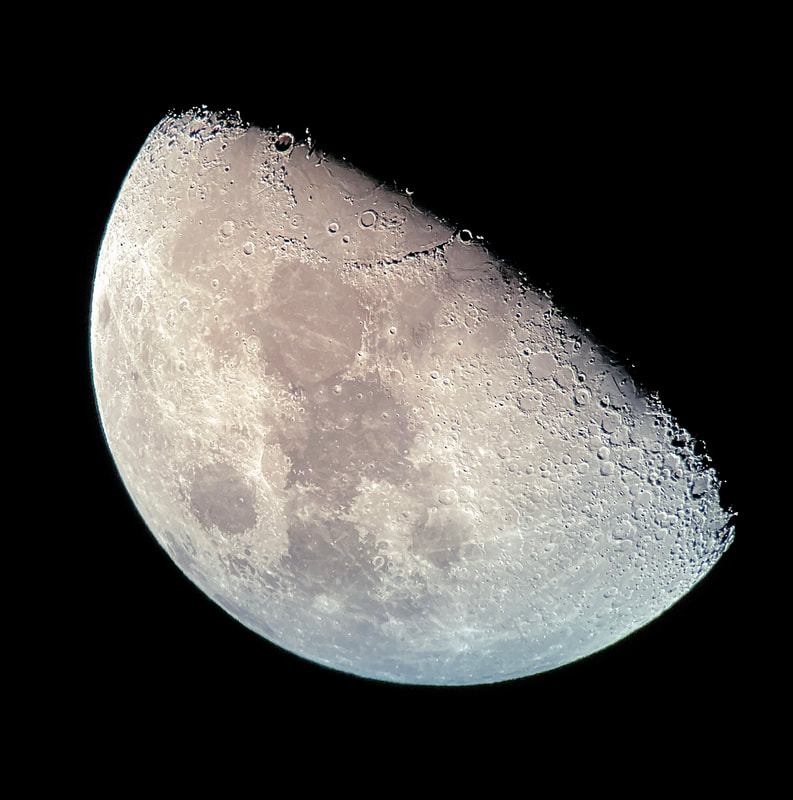
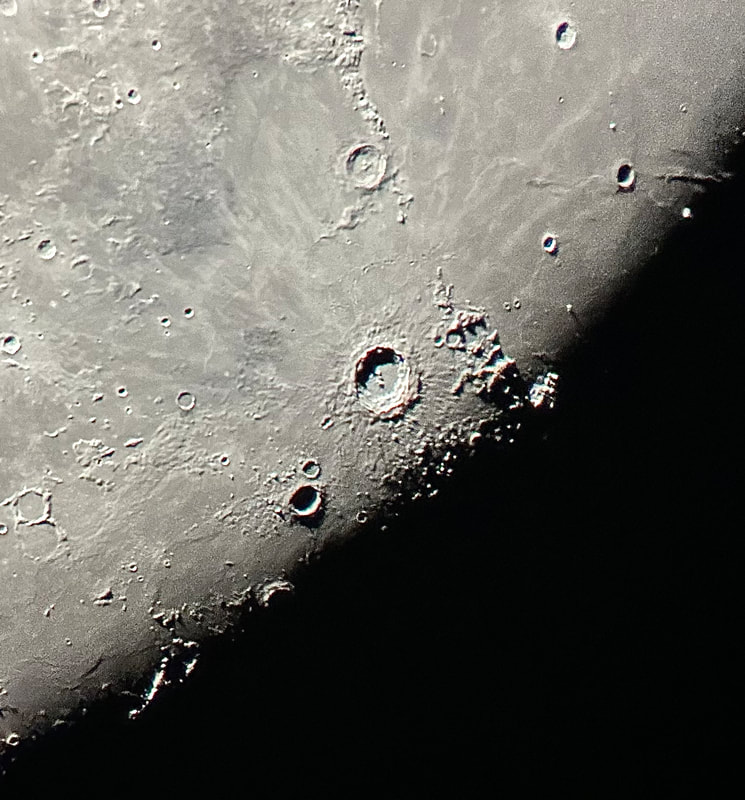
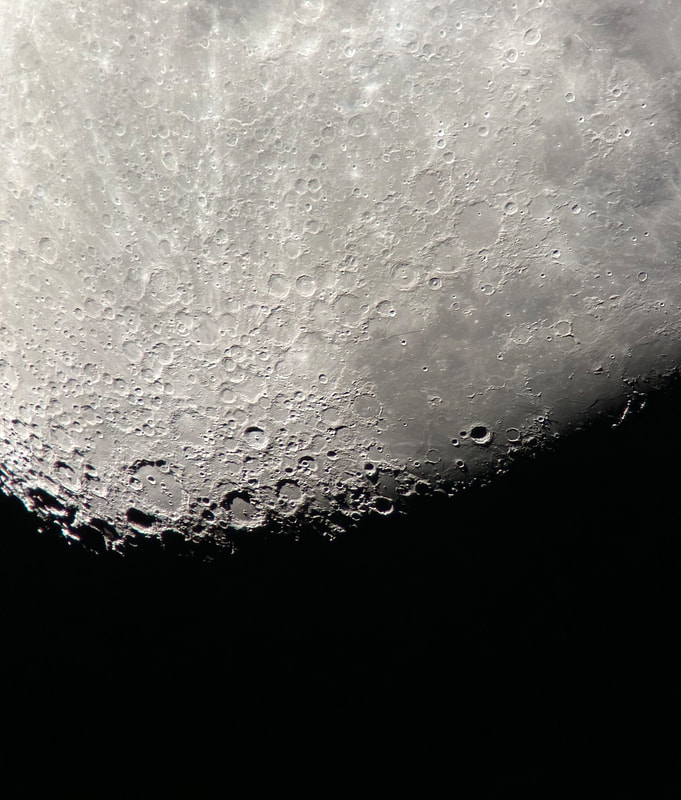
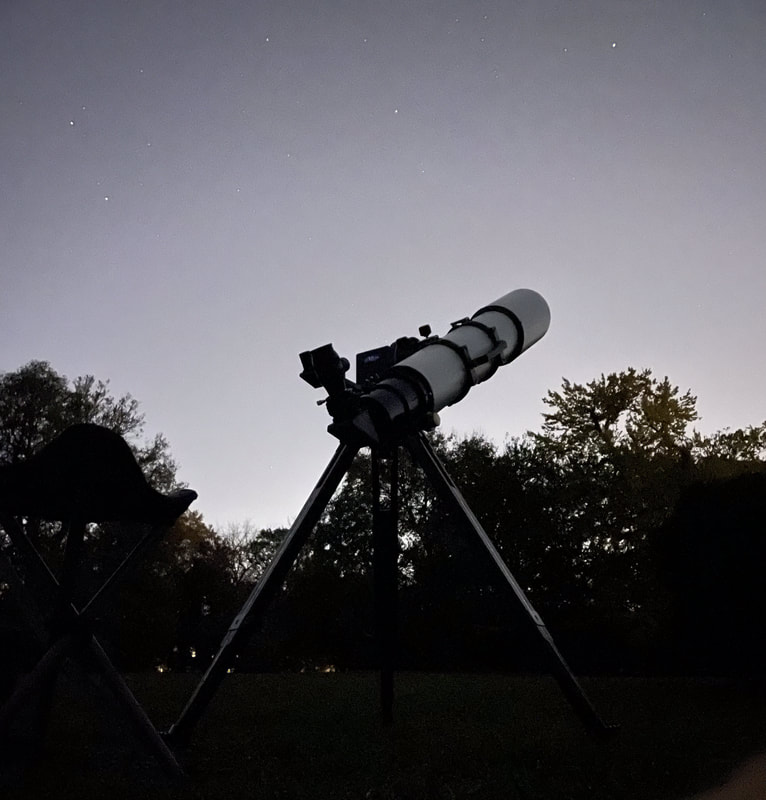
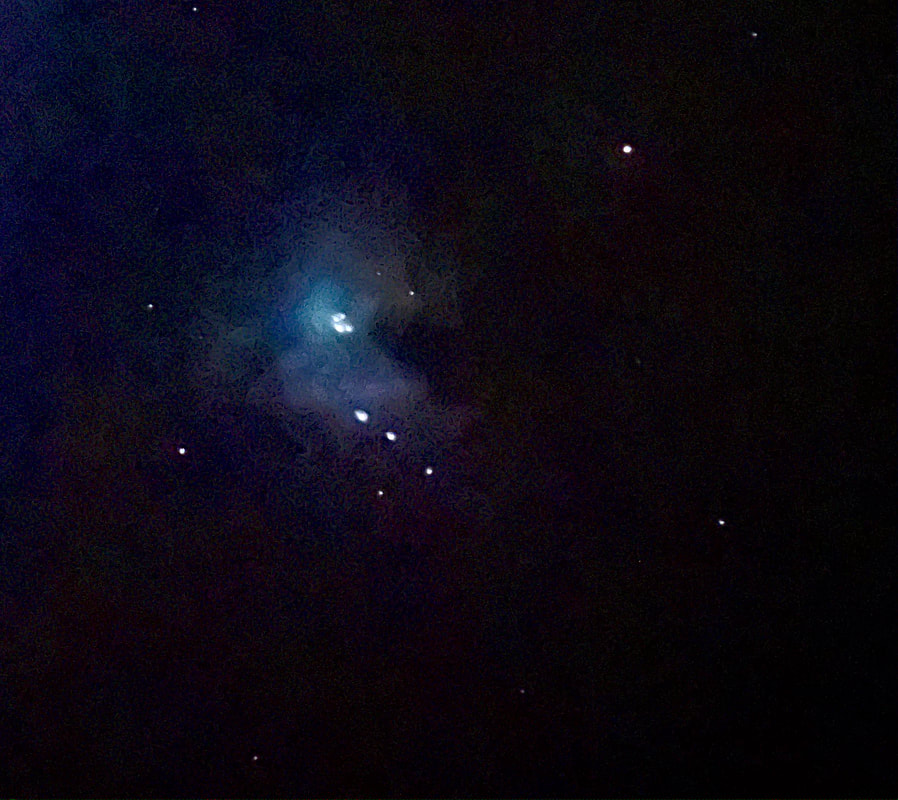

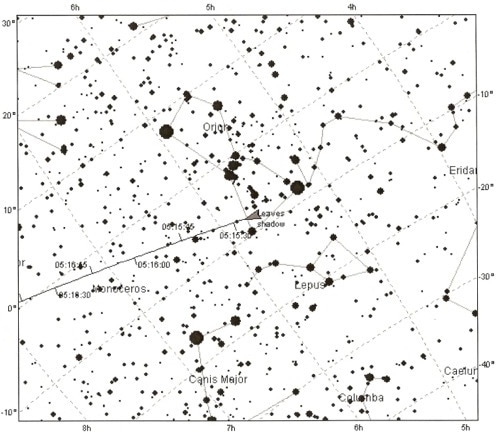
 RSS Feed
RSS Feed